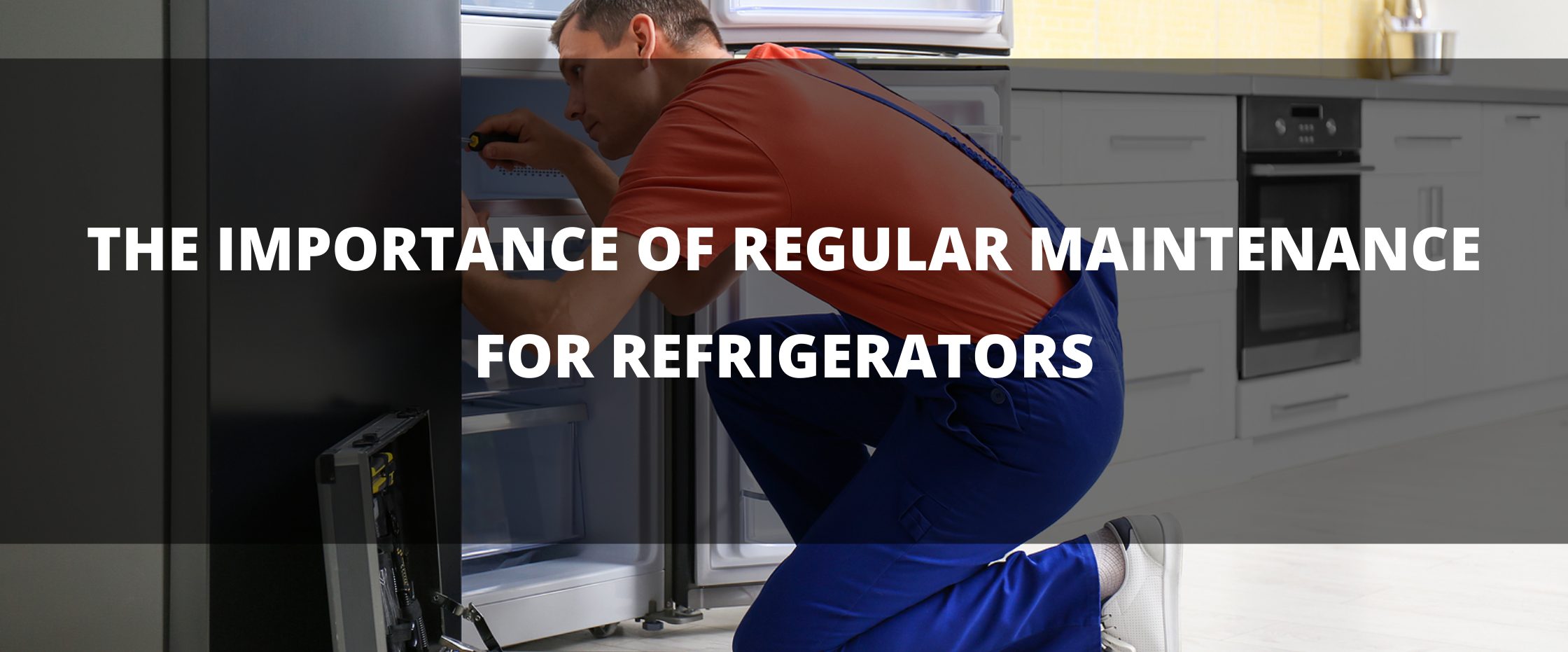
KitchenAid refrigerators are known for their reliability and innovative features, making them a popular choice among Los Angeles residents. These appliances play a crucial role in preserving food freshness, especially during special occasions like Valentine’s Day. However, like any other appliance, KitchenAid refrigerators may encounter issues that require attention to ensure optimal performance.
If you’re a Los Angeles resident and your KitchenAid refrigerator is acting up, don’t panic! This pre-Valentine KitchenAid refrigerator repair guide will provide you with some troubleshooting steps to help you identify and potentially fix common issues before the big day arrives.
Importance of Pre-Valentine Refrigerator Maintenance
As Valentine’s Day approaches, it’s essential to ensure that your KitchenAid refrigerator is in top condition to store perishable items for romantic dinners and celebrations. Pre-Valentine maintenance not only prevents potential breakdowns but also ensures that your refrigerator operates efficiently, keeping your food fresh and safe to consume.
Common KitchenAid Refrigerator Issues
Temperature Fluctuations
One of the most common issues with refrigerators is temperature fluctuations. If you notice that your refrigerator is not maintaining a consistent temperature, it could be due to a faulty thermostat or compressor.
Water Leakage
Water leakage around or inside your refrigerator can be a sign of various problems, such as a clogged defrost drain or a damaged water inlet valve. Addressing this issue promptly is crucial to prevent damage to your flooring and the growth of mold and mildew.
Unusual Noises
Strange noises coming from your refrigerator, such as clicking, buzzing, or rattling sounds, can indicate underlying issues with the compressor, evaporator fan, or condenser coils. Ignoring these noises can lead to more significant problems down the line.
Preventive Maintenance Tips
To minimize the risk of encountering problems with your KitchenAid refrigerator, it’s essential to perform regular preventive maintenance.
Regular Cleaning
Regularly cleaning the interior and exterior of the refrigerator helps prevent the buildup of dirt, dust, and debris, which can impede performance.
Checking Door Seals
Inspecting and cleaning the door seals ensures a proper seal, preventing cold air from escaping and warm air from entering the refrigerator.
Monitoring Temperature Settings
Regularly monitoring and adjusting the temperature settings according to the manufacturer’s recommendations helps maintain optimal storage conditions for food.
DIY Troubleshooting Guide
Checking Power Supply
If your KitchenAid refrigerator is not running, check the power supply, including the power cord and circuit breaker, to ensure it’s receiving electricity.
Inspecting Water Lines
If you notice water leakage, inspect the water lines for any signs of damage or blockages, and replace or unclog them as necessary.
Cleaning Condenser Coils
Dirty condenser coils can cause the refrigerator to overheat and malfunction. Regularly cleaning the coils helps ensure efficient cooling performance.
When to Seek Professional Help
While some issues can be addressed through DIY troubleshooting, there are times when it’s best to seek professional help.
Complex Repairs
If the problem with your KitchenAid refrigerator is complex or requires specialized tools and expertise, it’s advisable to contact a professional repair service.
Safety Concerns
If you encounter any safety concerns while attempting to repair your refrigerator, such as electrical hazards or gas leaks, it’s crucial to stop and seek professional assistance immediately.
Why Choose Us
At KitchenAid Appliance Repair Professionals, we pride ourselves on our years of experience and expertise in KitchenAid refrigerator repairs in Los Angeles. Our team of certified technicians is dedicated to providing prompt and reliable service, ensuring that your appliance is restored to optimal performance with minimal downtime.
Conclusion
In conclusion, maintaining a KitchenAid refrigerator in optimal condition requires regular maintenance and prompt attention to any issues that arise. By following the preventive maintenance tips and DIY troubleshooting techniques outlined in this guide, you can keep your refrigerator running smoothly for years to come.
FAQs
Can I repair my KitchenAid refrigerator myself?
- While some minor issues can be addressed through DIY troubleshooting, it’s best to seek professional help for complex repairs to avoid causing further damage.
How often should I clean my KitchenAid refrigerator?
- It’s recommended to clean the interior and exterior of the refrigerator at least once a month to prevent the buildup of dirt and debris.
What should I do if my KitchenAid refrigerator is making strange noises?
- If your refrigerator is making strange noises, try cleaning the condenser coils and fan blades. If the noises persist, contact a professional repair service.
How can I prolong the lifespan of my KitchenAid refrigerator?
- Regular maintenance, such as cleaning the coils, checking door seals, and monitoring temperature settings, can help prolong the lifespan of your refrigerator.
What should I do if my KitchenAid refrigerator is leaking water?
- Inspect the water lines for damage or blockages, clean the drain pan and defrost the drain. If the issue persists, contact a professional repair service.
Call us now to schedule your repair service and experience the difference with KitchenAid Appliance Repair Professionals. For more tips on maintaining your KitchenAid range, check out our previous blog, “Efficient Cooking: KitchenAid Range Repair Hacks“!
